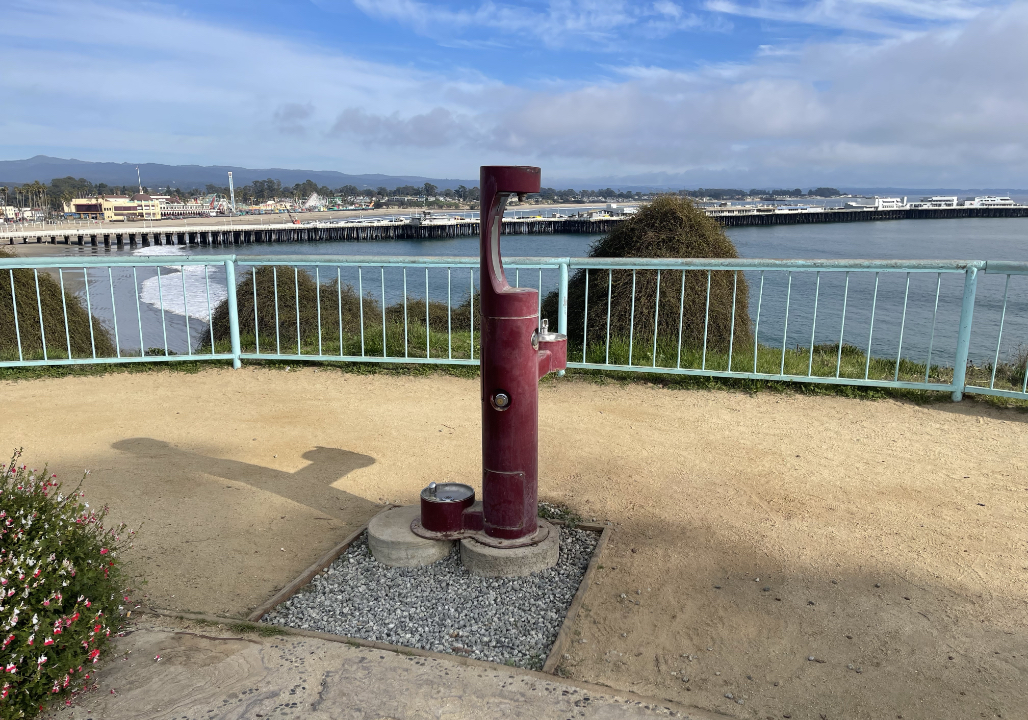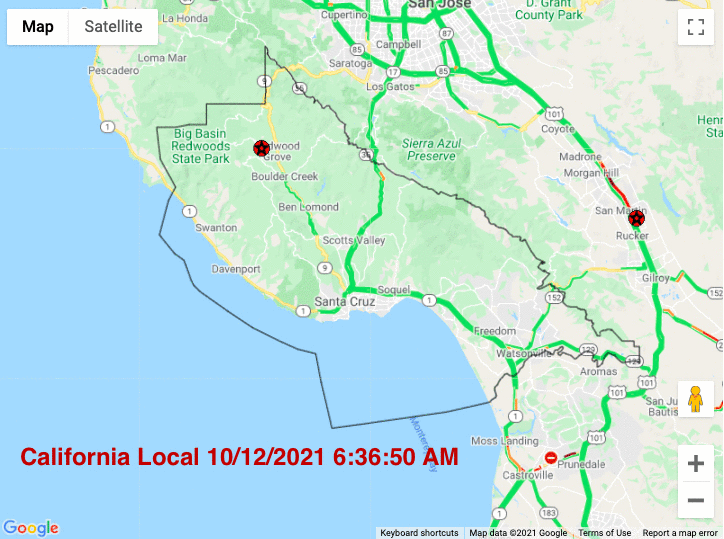In which we ponder how to make things better in a climate of no.

Life and Times/Shutterstock Standard
I live in the coastal community of Santa Cruz, on the northern side of the Monterey Bay, having moved here in 1981.
For a long time, the dominant local political vibe was a layer of progressive values painted over a conservative core. Conservative here meaning resistant to change.
An example of this may be found in locally beloved Lighthouse Field. Back in the 1970s, developers proposed building a large hotel/convention complex on the field, and local activists fought the project and won. The project was never built, which is considered to be an environmental victory.
Like most local residents, I’m glad the hotel and convention complex wasn’t built, but it’s what has happened since that illuminates this conservative streak. After the hotel convention development was defeated, Lighthouse Field essentially remained an overgrown 35-acre vacant lot for the next several decades because once saved, change was resisted.
After the only nearby public restrooms precariously perched on a crumbling cliff were condemned as unsafe and finally removed, alarums and opposition ensued over the building of new restrooms in the Lighthouse Field parking lot. Finally, the new restrooms and showers for local surfers were built. The next struggle was the opening of a little coffee/sandwich place adjacent to the restrooms, and after that to have a food truck parked during the day.
Now one can use the restrooms, shower the sand off one’s feet, and enjoy a taco and beverage in one of the most beautiful places on the planet, but only after years and years of effort against the friction of the local and vocal conservative oppositional reflex.

The drinking fountain above, down the street from Lighthouse Field, was the subject of an entire complaint post in a local blog back in 2017.
This is writ large across the more general backdrop of trying to get housing built locally. Parts of Santa Cruz County are very resistant to housing development, and in fact, developer is often used unironically as an epithet in local politics by people who live in single-family homes built by a developer and shop locally in stores built by a developer.
This powerful no-development constituency has contributed to our current situation in which we don’t have enough affordable local workforce housing and our paid hourly workforce is commuting from the southern part of Santa Cruz County, where housing is more affordable, and in some cases from northern Monterey County.

The situation which has evolved is a more affluent white-collar population in the coastal strip communities having their homes cleaned, yards landscaped, food delivered and coffee barista’d by people who have to commute to their jobs from more affordable communities far away. When commute times are factored in, these people spend much more than eight hours a day to do their jobs.
So we need to build more affordable workforce housing closer to the jobs in this part of the county, and there are plenty of private-sector developers and landowners ready to build projects which pencil out for them financially to improve the housing situation.
The local planning and development process is designed as a vetting and feedback mechanism whereby a project is made to conform to community standards as part of receiving approval for construction. Developers submit their plans and information, and members of the public can engage positively by offering feedback and input toward the mitigation of problems and the increase of public benefit in an iterative process resulting in a better outcome for the community.
One of the problems with a political dynamic opposed to change is that improvement is change for the better. If one is opposed to change, one doesn't engage in this process to improve the outcome because the intent is to prevent the outcome. This is the politics of no.
Santa Cruz is of course not alone in this resistance to development, and the state has recently passed legislation meant to make it easier for the development process to work more toward yes, where yes makes sense, when measured against so-called “objective standards.”
In an area where land is so expensive, and where there is a strong culture supportive of environmental sustainability and the preservation of green space, the yes which makes sense is denser, taller housing on transportation corridors. Denser housing uses less energy for heating and cooling and concentrates “big infrastructure” like water and fire suppression mains in and sewage mains out for better upkeep and repair down the road. Denser housing on transportation corridors near food, shopping and public transit keeps cars off the road. Denser housing means the developer can make a living. These things are known.
In the face of such logic a lot of the remaining no is based on the preservation of neighborhood character, often expressed as “Taller buidings in X neighborhood just isn’t the Santa Cruz I know.”
Well, the Santa Cruz County we all know needs transitional or assisted living for the couple/few thousand brothers and sisters living on the streets or in their cars. The Santa Cruz County we all know needs affordable workforce housing closer to service jobs.
Perhaps because of pent-up demand for positive change, Santa Cruz County is also teeming with individuals and groups working to make things better, and things are moving from no to yes in some areas. There’s a strong propositional energy rising in the state, energizing people to improve communities through the politics of yes, where yes makes sense.
California Local will be reporting on local agents of change working to make things better. We’re interested in solutions and the people working the process to get to yes, and we can’t wait to share their stories with you.